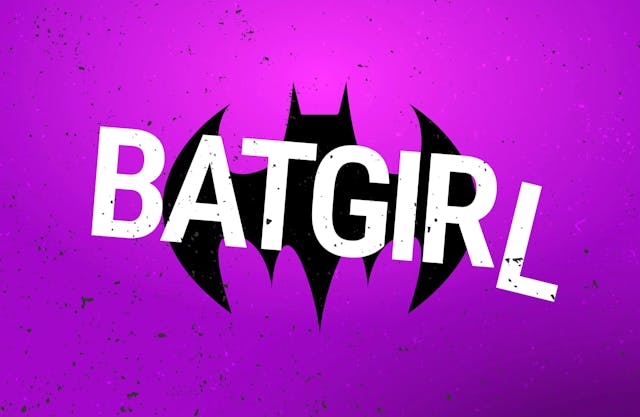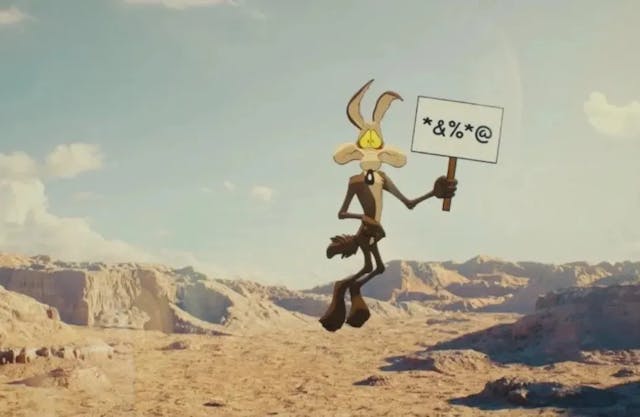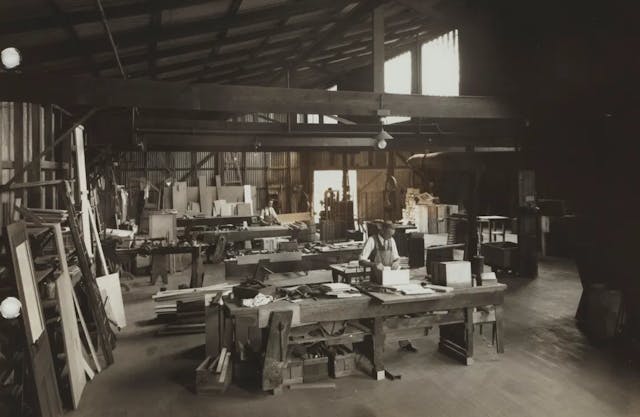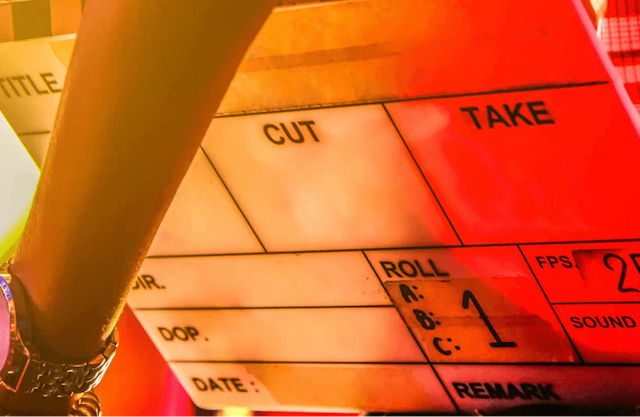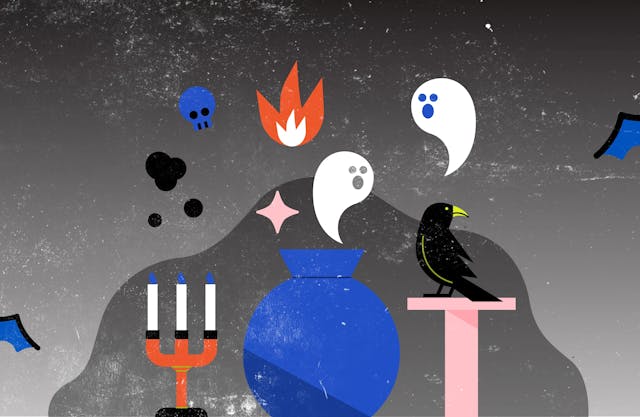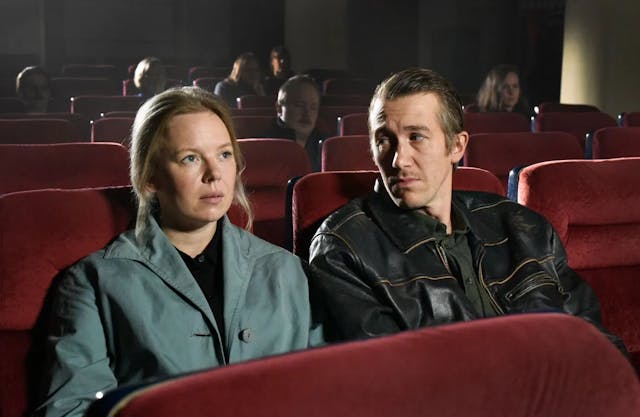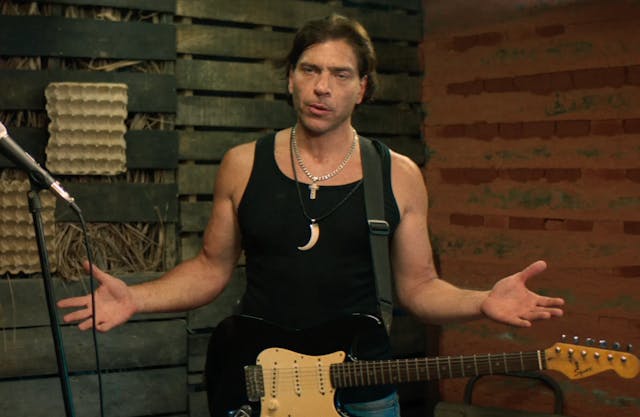
What separates the John Carter’s from the John Wick’s? The box office flops and the box office smash hits are almost worlds apart.
What Makes a Great Story?
So how do you keep your audience on the edge of their seat or turning the page? Sure, there’s plenty of good stories out there, but what is it that makes a great story?
If you’re looking for ways to improve your stories look no further, below are our top five essential ingredients to crafting a great story.
Drama
The essence of any story, is drama. Without drama you have no story, let alone a great one. So how can you make sure you have enough of it?
To create drama, you need to create conflict, so make sure your characters experience it, a lot!
Conflict occurs when a character wants something but has to overcome obstacles to get it.
For example let’s look at Romeo and Juliet. What if Romeo asked Juliet to marry him and both their families were delighted. It would change the entire story and suddenly you have no conflict, no drama and no story.
Pepper your story with as many obstacles as you dare and you’ll soon find the drama intensifies and your audience won’t be able to tear themselves away.
Make It Relatable
‘It’s the story of a guy or girl who goes on an adventure to defeat an evil villain.’
Let’s look at Batman (More Christian Bale than to Adam West) as an example here.
Most of us haven’t had to save the world from aliens or evil robots, yet so often the characters we see in movies or in books do just that. They’re heroes and they exist to save the day. So how does being relatable ‘relate’ to creating a good story?
However, Bruce Wayne as a character is very flawed, his character wants to avenge his parents by restoring justice in the world (a herculean task to do in Gotham City of all places). This is a clear goal that the audience can understand and root for.
On the surface, not many people are billionaire philanthropists who dress up as a bat and fight crime, so you might think that actually Batman isn’t relatable.
We want Bruce to succeed because we see the injustice in the world around us and can see why Bruce strives to make the world better. We all want to live in a world where good triumphs over evil, right?
This is where relatability comes in. By looking at the theme of a story we can find what resonates with an audience and use it to create empathy for a character.
Even unlikable characters like Jordan Belfort (Wolf of Wall Street ), Travis Bickle (Taxi Driver ) and Lou Bloom (Nightcrawler) are able to elicit our sympathy because we see something relatable about them as characters. We understand why they want what they want which in turn makes them relatable.
Keep It Simple
If you want your audience to connect with your story, keep it simple!
The more complicated you make the plot the more likely you are to lose your audience. As soon as your audience starts to feel left out of the story, they’ll start looking for something else to do. So keep your story simple.
This doesn’t mean you can’t create complicated stories that start at the end and end at the beginning (Memento). You can and should look for original ways to tell your story, but if you need three hours to just explain the set up, you might need to simplify things.
Creating Cult Classic Movies
Compelling Characters
Characters must be compelling!
This means they need to have something about them that your audience can invest in.
A great way to make your characters interesting is to give them some sort of internal conflict that can help drive their external struggle.
Let’s look at the cult classic movie Vertigo (Alfred Hitchcock) the protagonist former police officer John "Scottie" Ferguson develops a fear of heights which prevents him from being able to do his job. As the story progresses John has external conflicts to overcome but has to also face up to his own internal fear of heights. This makes him flawed which in turn makes him very interesting as a protagonist.
If we were to remove this internal conflict from John, Vertigo would be quite a different, and probably not a cult classic movie. As an audience we probably wouldn’t be as invested in the rooftop chases that the film is famous for.
One way you can do this in your own writing is to give your character a flaw that needs to be overcome in order to reach a goal. Such as a character who hates public speaking has to deliver a speech to a room of over ten thousand people. If the same character loved to speak to people, the scene would have far less significance. Just by showing your audience a characters flaw you can raise the stakes and hook the audience.
Have something to say
In other words, have a theme. All great artists have something to say, whether it’s social commentary or just a personal lesson, give your audience something to think about.
A good way to think about theme is to ask yourself, What is the moral of the story? And What is this really about? What do you want your audience to feel?
Here are a couple of examples that demonstrate theme: In The Shawshank Redemption the theme can be broken down into a few different elements but essentially it’s about survival.
In The Lion Kingit’s fundamentally a story of good vs evil but also about love and family. Stories can have multiple themes but usually have one central core theme that overarches.
Conclusion
Overall there isn’t a magic formula that you can follow to create a great story. But including these five elements will ensure you are heading in the right direction. Keep working on your craft and spend time developing your characters to really make them unique to your work.
Want to get an email when we publish new content?
Subscribe today